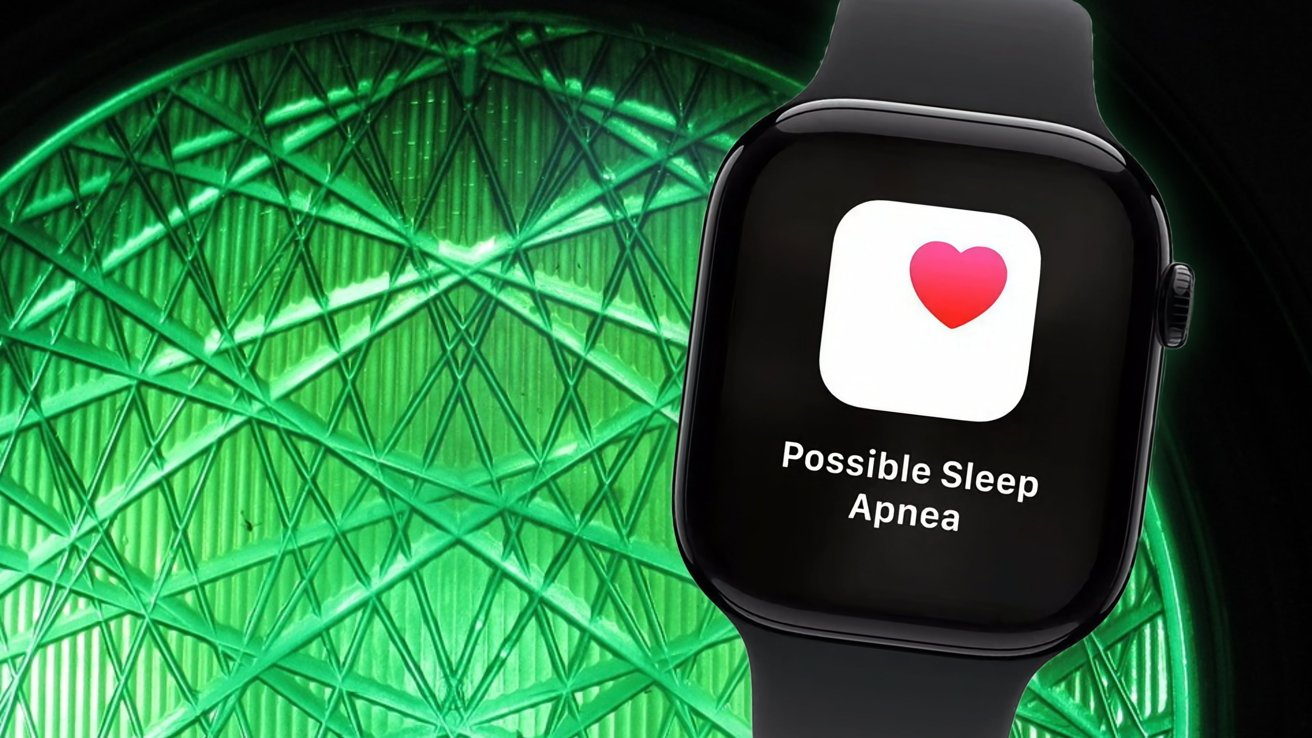Although next-generation wearable devices are quite impressive in terms of technical features and capabilities, their claims of being health products are also noteworthy. We take a look at Apple’s sleep apnea sensor feature and what it does.
Sleep Apnea Sensor: A Life-Saving Tool
This week, Apple received approval from the U.S. Food and Drug Administration (FDA) for its ‘Sleep Apnea Detection’ feature. This development follows a similar approval for the use of AirPods 2 Pro as a hearing aid. Apple is positioning its commercial products as medical devices with these approvals.

The company has released a new clinical validation summary detailing how the feature works. According to this document, the Apple Watch’s integrated 3-axis gyroscope sensor is used to detect disturbances in breathing during sleep. The gyroscope captures both coarse body movements and subtle movements related to breathing.
Apple detects sleep apnea by identifying disruptions in breathing, which cause the user’s wrist to move. The company collects and processes this data to make specific inferences.
From a software perspective, Apple classifies breathing disturbances as ‘high risk’ or ‘not high risk.’ Users can view a nightly log called “Breathing Disturbances” in the Health app on their iPhones for daily monitoring.
Apple states that the feature aims to detect moderate to severe sleep apnea symptoms in individuals aged 18 and over who have not been diagnosed with sleep apnea. This suggests that the feature is intended to highlight potential health issues rather than serve as a medical diagnostic tool.
Feel free to share your thoughts on this topic in the comments.














